What happen if algae in my water dispenser?
Have you ever wondered, “What happen if algae in my water dispenser?” Imagine reaching for a glass of cool water only to find it tainted with the unsightly green fuzz of algae—what a daily conundrum!
To remedy algae in your water dispenser, clean it thoroughly with a solution of diluted bleach, followed by a complete rinse with clean water to ensure no chemicals remain. Regular cleaning will prevent future algae growth.
Discover the secrets to a crystal-clear water dispenser! Dive into our comprehensive guide and say goodbye to algae for good. Click to learn more!
What happen if algae in my water dispenser? (Guidance)
To prevent your form contamination like, What happen if algae in my water dispenser? Must read the following Guidance.

1.Why Algae Growth in Water Dispensers Is a Concern
Algae growth in water dispensers is not just unpleasant to look at but can also harbour bacteria, potentially leading to unpleasant tastes or odours and even health concerns if consumed. Regular maintenance is vital for hygienic, clear water.
2.The Impact of Algae on Water Quality and Health
Algae’s presence can degrade water quality, resulting in unpalatable taste and smell. More seriously, it might encourage harmful bacterial growth, posing health risks such as gastrointestinal issues, necessitating prompt and thorough cleaning protocols for water dispensers.
3.Recognizing the Signs of Algae in Your Water Dispenser
Recognizing the signs of algae is crucial; look out for green to black discoloration, slimy surfaces, and an off-putting smell. These indicators suggest it’s time to clean your water dispenser to ensure the water you drink is safe and clean.
4.Step-by-Step: How to Clean Algae from Your Water Dispenser
To clean algae from a water dispenser, begin by unplugging the unit. Dismantle removable parts and scrub them with a mixture of water and vinegar. Rinse thoroughly, dry, and reassemble for a refreshingly clean hydration experience.
5.Preventative Measures to Keep Algae at Bay
Preventing algae in water dispensers primarily involves routine cleansing and keeping the dispenser in a cool, dry area away from direct sunlight. Additionally, using distilled water can reduce nutrient deposits that foster algae growth.
7.The Risks of Ignoring Algae in Drinking Water Devices
Ignoring algae in drinking devices is risky; it can lead to bacterial growth and health issues. A vigilant cleaning regime is necessary to maintain water quality and safeguard against the potential gastrointestinal and olfactory discomfort caused by these unwanted green intruders.
8.Professional Solutions for Algae Problems in Water Systems
For persistent algae issues, consider professional water treatment solutions. Experts can apply more advanced techniques and anti-algal agents that provide long-term cleanliness and prevent the recurrence of algae growth in your water dispensing systems.
9.Understanding the Causes of Algae Blooms in Indoor Water Sources
Algae blooms in indoor water sources are often fueled by light exposure and stagnant water. Regularly changing the water and limiting light can help prevent these unwanted growths, ensuring the water in your dispenser stays refreshing and algae-free.
Topics:
The comprehensive topics related, What happen if algae in my water dispenser?
1.Effective Algae Detection Methods for Water Dispensers
Learn how to detect algae early and accurately before it becomes a significant issue. This involves periodic inspection for visual signs, using certain test kits to measure water quality, and being alert to changes in taste or odour, which can indicate algae’s presence.
2.The Role of Filtration in Controlling Algae Growth
Investigate the importance of filters in water dispensers as a defence mechanism against algae. Understand which types of filters are most efficient and how regular replacement and maintenance can drastically reduce the chances of algae proliferation.
3.Expert Advice on Safe Cleaning Agents for Algae Removal
Delve into the world of safe and effective cleaning agents specifically targeted at removing algae from water dispensers. Gain knowledge about eco-friendly options that mitigate algae without resorting to harsh chemicals, ensuring the safety of your drinking water.
4.Tips for Maintaining Optimal Temperature and Light Conditions
Explore the impact of environmental factors such as temperature and light on algae growth. Find practical tips for the optimal placement and care of water dispensers to prevent warm, nutrient-rich conditions that are conducive to algae.
5.Educational Insights on the Life Cycle of Algae
Understanding the life cycle of algae can be crucial in preventing its spread. This topic covers the stages of algae development, how they interact with their environment in a water dispenser, and the points at which they are most vulnerable to treatment interventions.
Conclusion:
In conclusion, addressing the concern of “What happen if algae in my water dispenser?” is quintessential for sustaining a safe drinking experience. Engaging in regular maintenance routines, using proper algae detection and removal methods, and understanding environmental factors are paramount to managing the quality of water in your dispenser. By emphasizing preventative care and informed treatment options, one can effectively mitigate the risks associated with algae and maintain an impeccably clean and healthy hydration source.
FAQs:
People also ask, What happen if algae in my water dispenser?
Yes, algae in water filters can be harmful as it may house bacteria and toxins, potentially causing health issues when consumed. Regular filter cleaning is essential.
No, it is not safe to drink water containing algae as it can contain harmful bacteria and toxins that may cause illness.
No, it is not safe to drink water containing algae as it can contain harmful bacteria and toxins that may cause illness.
Algae in water dispensers can be harmful due to potential bacteria and toxins, necessitating thorough cleaning and preventative measures to ensure water safety.
Remove the water bottle and drain the dispenser. Disassemble and clean all parts with a vinegar solution, rinse thoroughly, and dry before reassembling and refilling with clean water.

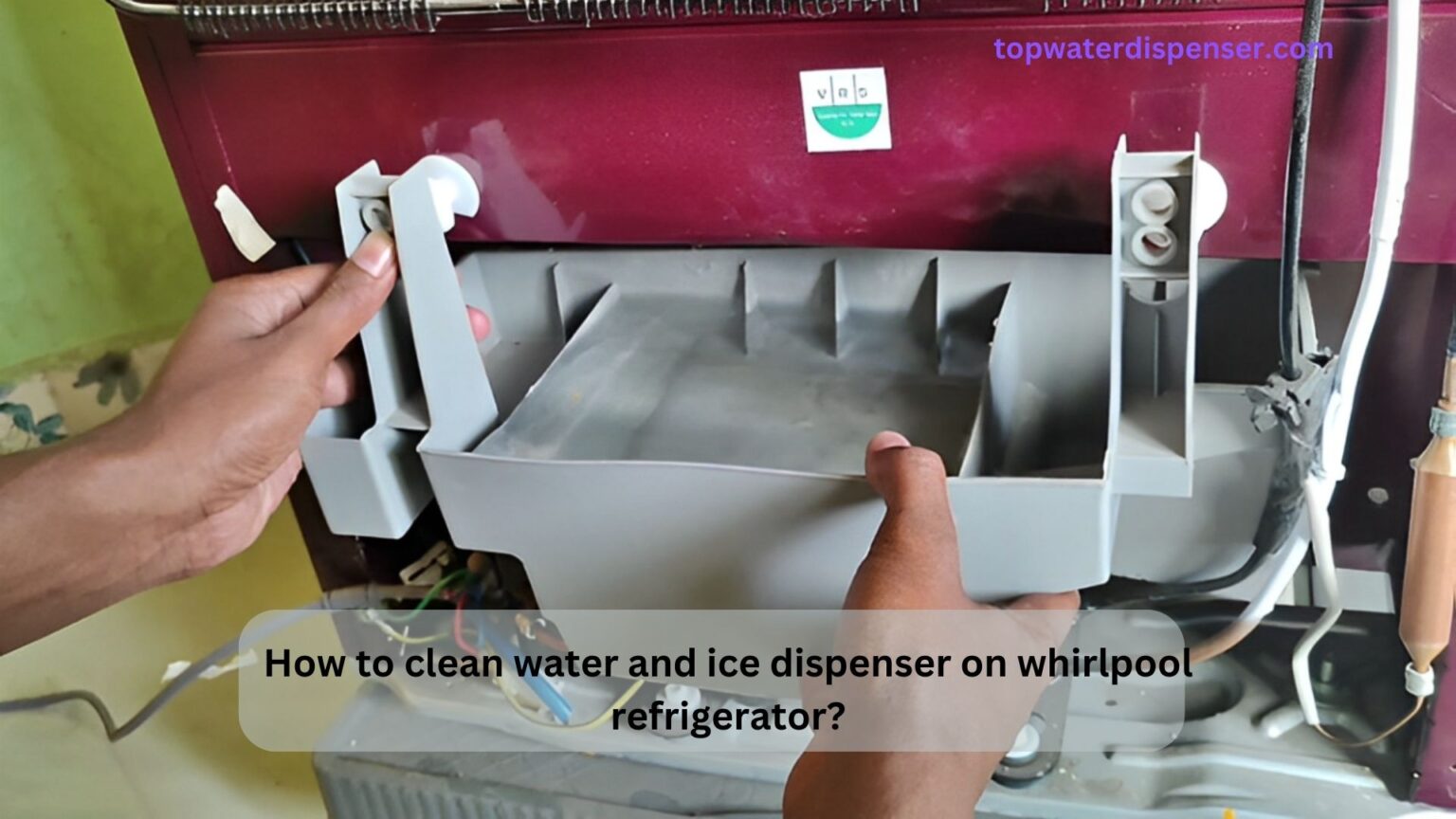
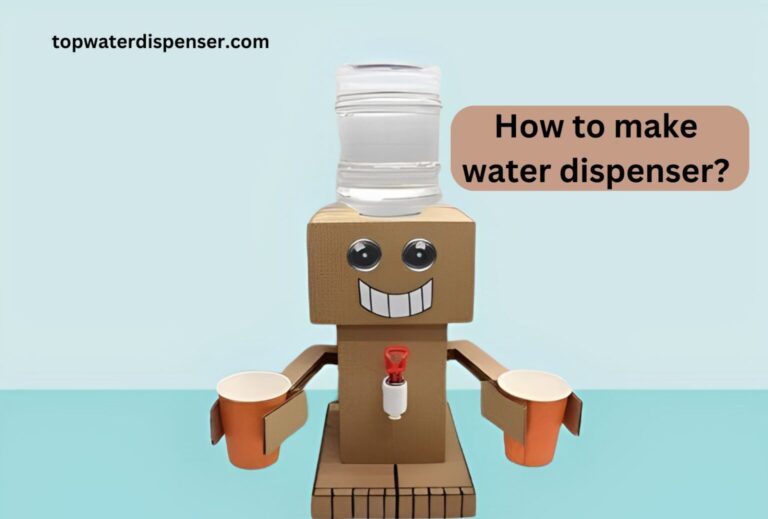
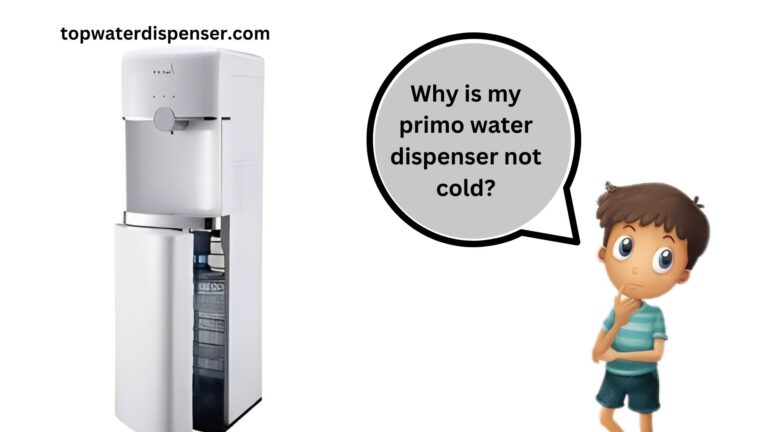
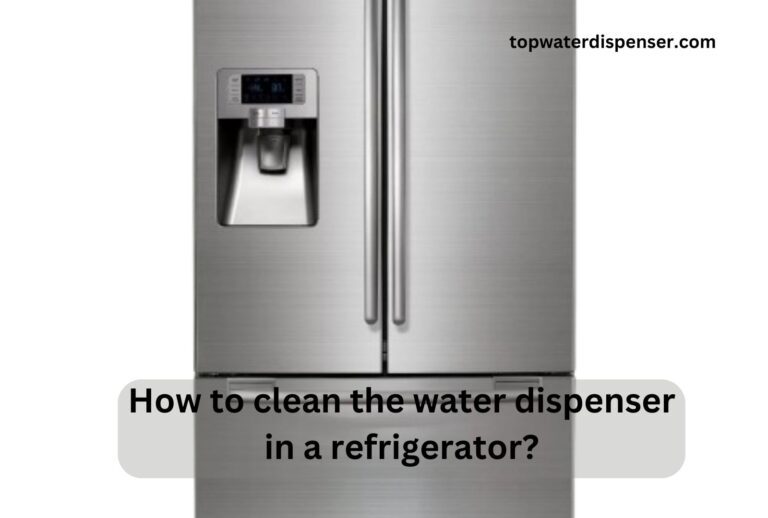
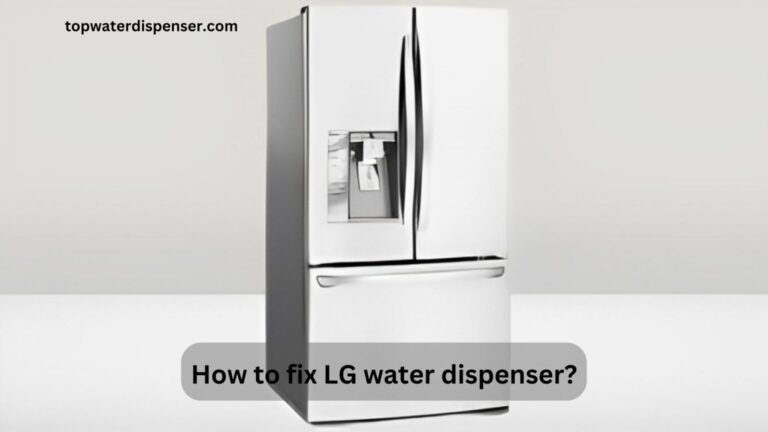
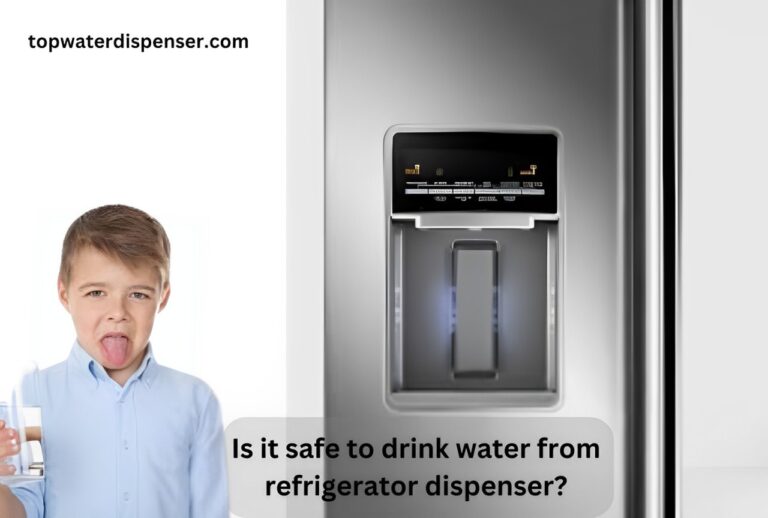
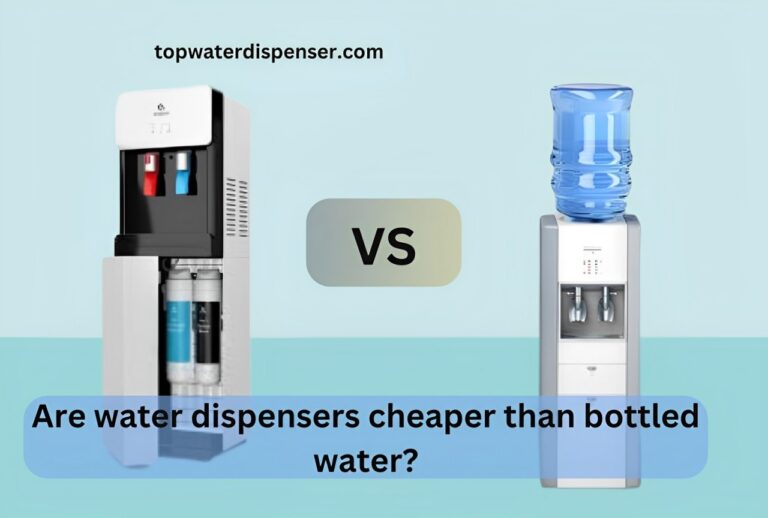
One Comment